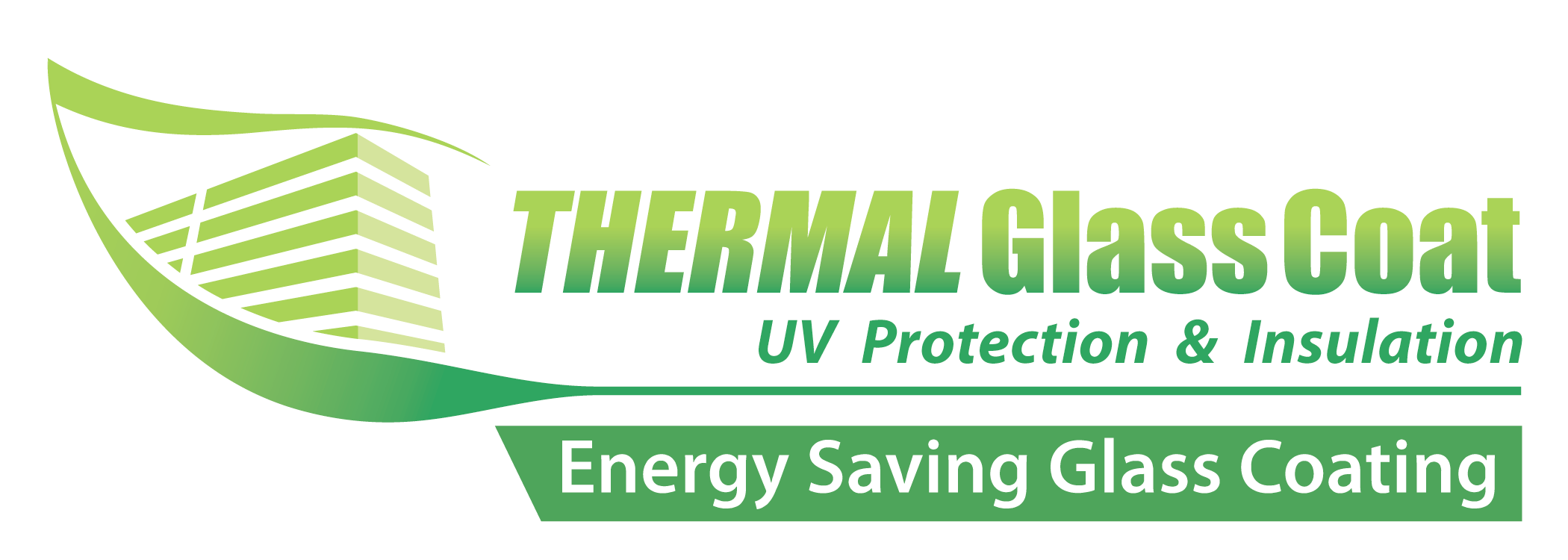
Understanding Passive Ventilation: A Homeowner's Guide
As the demand for energy efficiency and sustainable living continues to rise, passive ventilation emerges as a vital strategy for homeowners looking to enhance indoor air quality and comfort. This method utilizes natural forces such as wind and thermal buoyancy to promote air exchange, significantly reducing reliance on mechanical systems.
Benefits of Utilizing Passive Ventilation in Your Home
The implementation of passive ventilation not only contributes to energy savings but also fosters a healthier living environment. By allowing fresh air to circulate within the home while removing outdated air, homeowners can maintain better indoor air quality. Furthermore, this approach mitigates the need for air conditioning, leading to lower energy bills and a reduced carbon footprint.
How Windows Play a Crucial Role
Windows are the gateway to achieving effective passive ventilation. By strategically positioning operable windows across your home, you can create airflow patterns that facilitate cooling during warm months and warmth retention during cooler seasons. For instance, placing windows opposite each other allows for cross-ventilation, while skylights can aid thermal updrafts.
The Interconnection Between Window Quality and Energy Efficiency
It’s essential to consider the quality of windows as part of your passive ventilation strategy. High-performing windows with good thermal insulation and low-E coatings reduce heat gain while allowing sufficient solar radiation. This means your home stays cooler during hot days, algorithmically reducing the need for artificial cooling solutions.
Future Considerations: The Evolving Role of Passive Design
As technological advancements in building materials continue to evolve, the future of passive ventilation is bright. Homeowners should stay informed about developments in energy-efficient windows and innovative design methods. Emphasizing a holistic approach—considering window placement, shading devices, and ceiling height—can drastically enhance the benefits of passive ventilation.
In conclusion, understanding the synergy between windows and passive ventilation can lead to not just improved comfort and air quality, but also a significant reduction in energy use. If you're considering an upgrade or a new installation, prioritize these factors to create a more sustainable home.
Ready to Enhance Your Home's Energy Efficiency?
Don't wait until the next heatwave hits. Contact us today to explore how you can improve your home's ventilation and energy efficiency with top-quality window solutions!
 Add Row
Add Row  Add Element
Add Element 



Write A Comment